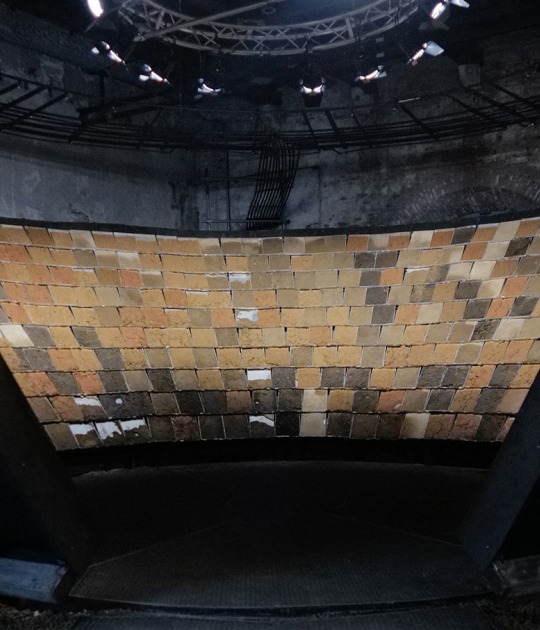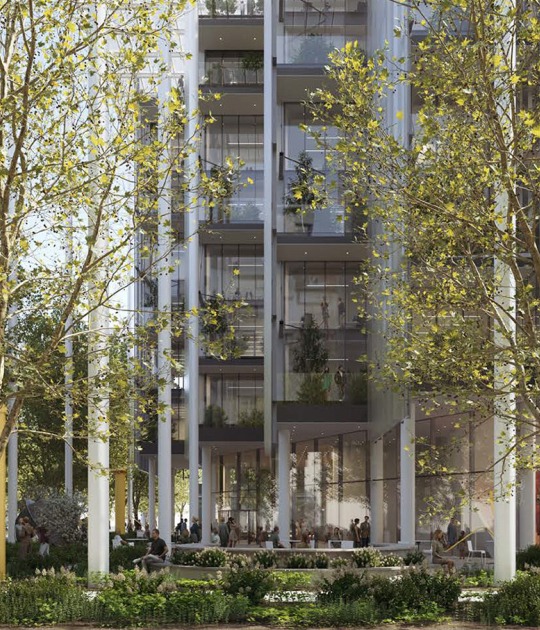The system of patriarchy continues to be fostered by the history of art displayed in museums, in which women artists of the past are still overlooked and the presence of works by living women artists is limited. The exhibition Patriarchy, to be shown at the Museo Nacional Thyssen-Bornemisza between 8 February and 31 March, features two performative works by the artists Cristina Lucas and Eulàlia Valldosera which offer responses to a patriarchal tradition that appropriated the languages of art and discourse and that of their transmission, reducing women’s language and desire to silence; a silence that has become an effective tool for male domination over women.
Patriarchy takes place in the context of the Kora programme, which presents one exhibition a year at the Museo Thyssen from a gender viewpoint. This programme started in 2018 with the exhibition Paloma Navares. The garden of memory. According to Pliny the Elder (1st century AD) in book 35 of his Natural History and repeating a Corinthian myth, Kora, daughter of the potter Butades, invented the portrait in art by drawing around the shadow of her departing beloved on a wall. Pliny also referred to seven other women painters: Timarete, Irene, Calypso Timarete, Irene, Calypso, Alcisthenon, Aristarete, Iaia of Cyzicus and Olympias. These names, like so many others, have been erased from the history of art in a tradition of omission and silence imposed on the memory of women’s contribution in history and one that has continued almost to the present day.
The exhibition presents two complementary proposals intended to challenge patriarchy, symbolised by the classical statues that are the focus for the two artists’ actions.
Patriarchy takes place in the context of the Kora programme, which presents one exhibition a year at the Museo Thyssen from a gender viewpoint. This programme started in 2018 with the exhibition Paloma Navares. The garden of memory. According to Pliny the Elder (1st century AD) in book 35 of his Natural History and repeating a Corinthian myth, Kora, daughter of the potter Butades, invented the portrait in art by drawing around the shadow of her departing beloved on a wall. Pliny also referred to seven other women painters: Timarete, Irene, Calypso Timarete, Irene, Calypso, Alcisthenon, Aristarete, Iaia of Cyzicus and Olympias. These names, like so many others, have been erased from the history of art in a tradition of omission and silence imposed on the memory of women’s contribution in history and one that has continued almost to the present day.
The exhibition presents two complementary proposals intended to challenge patriarchy, symbolised by the classical statues that are the focus for the two artists’ actions.
In the video Speak (2008), artist Cristina Lucas strikes Michelangelo’s sculpture of Moses, recalling the legend of the incision that he made in the work’s knee after it was finished when he admonished it for failing to speak. Moses was the father of the three monotheist, patriarchal religions, all of which have traditions in which male domination has prevailed.
Mutual dependence (2009) by Eulàlia Valldosera is an action that took place in the Archaeological Museum in Naples. A cleaning woman (the artist’s alter ego) is seen polishing the statue of a Roman emperor, touching and sullying the cult object in the temple of art. Ghosts of the female libido come to light through this everyday action due to the work’s cinematographic approach.
Mutual dependence (2009) by Eulàlia Valldosera is an action that took place in the Archaeological Museum in Naples. A cleaning woman (the artist’s alter ego) is seen polishing the statue of a Roman emperor, touching and sullying the cult object in the temple of art. Ghosts of the female libido come to light through this everyday action due to the work’s cinematographic approach.
Lucas and Valldosera are also presenting two new works.-
Cristina Lucas has produced the icon Speak (2008), a compressed marble dust statuette that is present in the exhibition and also on sale in the museum’s shop in the manner of an intervention and commentary on the sexist discrimination that exists in the art market.
On 25 February, in the galleries of the museum, Eulàlia Valldosera will present the performance The other invisible ones in which she lends her voice to the paintings in the collection in an exercise of self-hypnosis. Blindfolded, she uses her body as an antenna to receive the thoughts of the artists at the moment they executed their works. Unable to see and led around by members of the audience, Valldosera delves into the memory of inanimate objects, undertaking an emotional and cultural diagnosis of the collective imagination; an exercise in psychic memory that continues the tradition of the fortune-tellers and mediums who made use of images to transcend the laws of time.




























